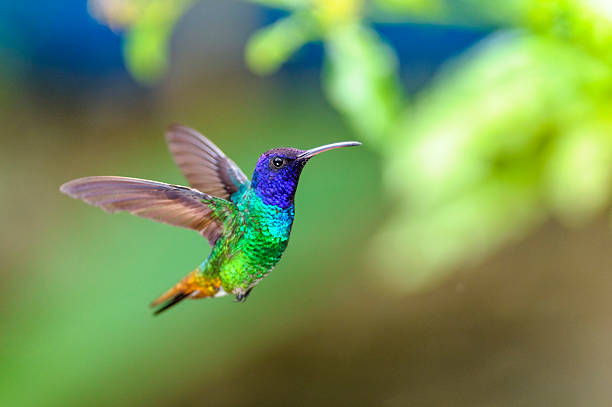Breaking Down the Art of the Triple Jump: A Leap into the Unknown
The triple jump—often regarded as one of the most challenging track and field events—combines speed, strength, and coordination in a unique display of athletic prowess. This article will delve into the intricate details of this fascinating sport, tracing its historical roots, examining its evolution, and providing an in-depth analysis of the techniques and strategies that mark the difference between an average and an extraordinary performance.

The origins of the triple jump can be traced back to the ancient Greek Olympics, where it was known as the “hop, skip, and jump.” However, the modern triple jump, as we know it today, was established in the 19th century and has evolved significantly over the years, both in terms of techniques used and the equipment available to athletes. As a testament to its complexity and demand, this event is often referred to as “the most demanding of all athletic events.”
In the current era, the triple jump has seen innovative trends and groundbreaking performances, thanks to athletes’ relentless pursuit of excellence and sports science’s advancements. Notable athletes like Jonathan Edwards and Christian Taylor have pushed the boundaries of what was thought humanly possible in this event. Their exceptional performances can be attributed to a combination of natural talent, intensive training, and a deep understanding of the sport’s biomechanical aspects.
The triple jump requires a unique fusion of speed, strength, balance, and coordination. The athlete must sprint down the runway, take off from one foot, then perform a hop, a step (or bound), and a jump, landing in a sandpit. Each phase of the jump—hop, step, and jump—poses its unique challenges and requires specialized training to perfect.
Despite these challenges, the triple jump offers immense rewards for those who master its intricacies. It is a sport that tests the limits of human ability and offers a thrilling spectacle for viewers. From a practical perspective, the training and physical conditioning required for the triple jump can benefit athletes in other sports disciplines, enhancing their overall speed, strength, and agility.
In conclusion, the triple jump is a captivating sport that embodies the spirit of athleticism—strength, speed, agility, and grace combined. It is a testament to the potential of human performance and the exhilarating heights that can be achieved with dedication, training, and a deep understanding of the sport’s nuances. As we continue to witness new trends and advancements in this field, the triple jump remains a fascinating subject within the broader world of sports.





